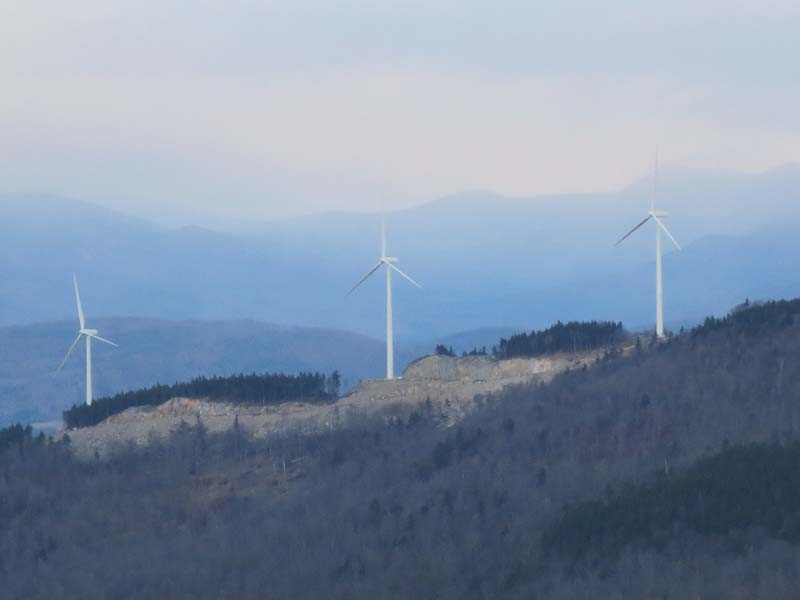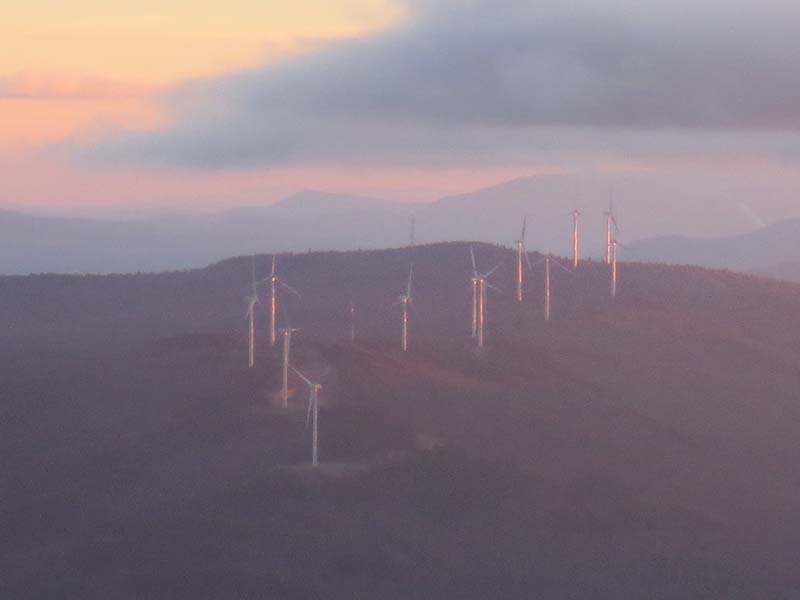Most of the wind farm permits in the region require the developer to post a bond adequate to "remove and restore the site" when the farm ceases commerical operation. The bond is essentially an insurance contract purchased from a third party so even if the developer is bankrupt, the decommisioning gets paid for. Of course scars will remain as the topsoil is gone but generally the turbine bases have to be removed down to the local grade.
I expect the technology has improved in the last ten years but generally the gearboxes on these units require major overhaul/replacement at 6 to 7 year intervals. The only way to swap a gearbox is to use a huge crane and the cost is very high so in the past when gearboxes went bad, some developers walked.
The wind turbine market is going to get real slow as the generous wind production incentives are over in 2012 unless extended by congress.
I am not sure of the 48 MW capacity referred to in the union leader artical, most plants rarely if ever get near theri peak power, on a year round basis 30% of the rated capacity is doing real good.
Northern Pass is going to be bringing in renewable power for when the wind isnt blowing. Unless more fossil fuel plants are built in New England, the indirect effect of building wind turbines is to encourage Northern Pass, not discourage it.




